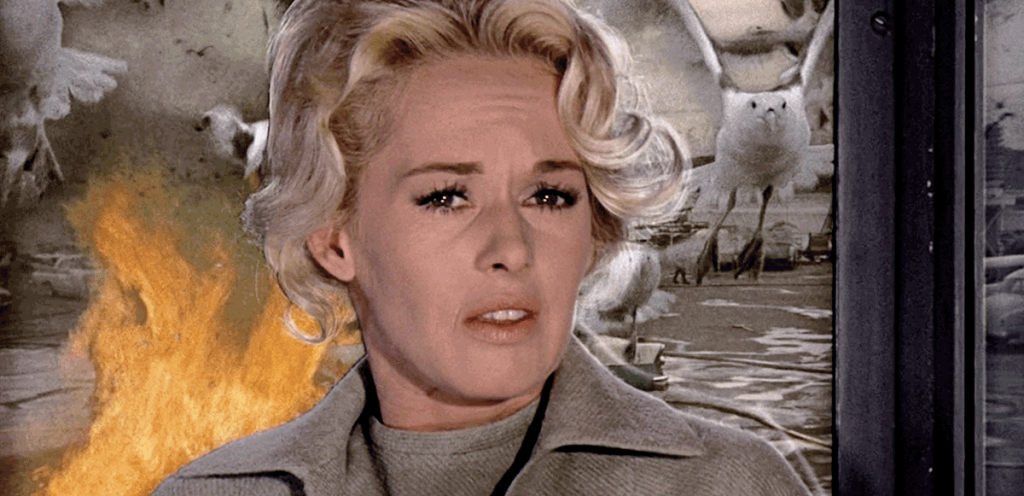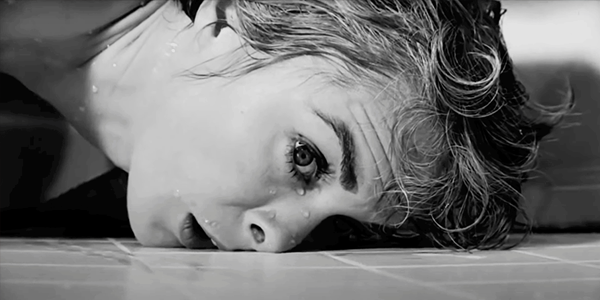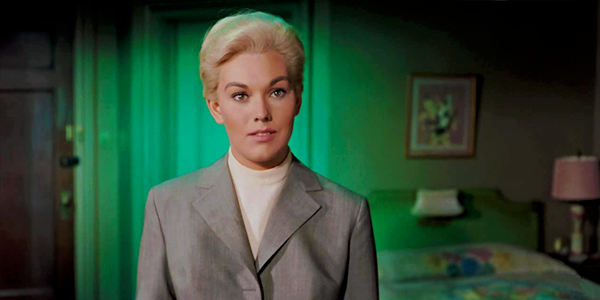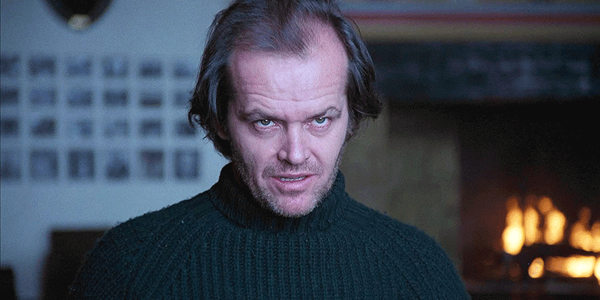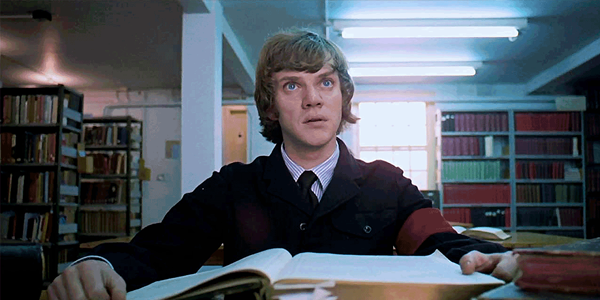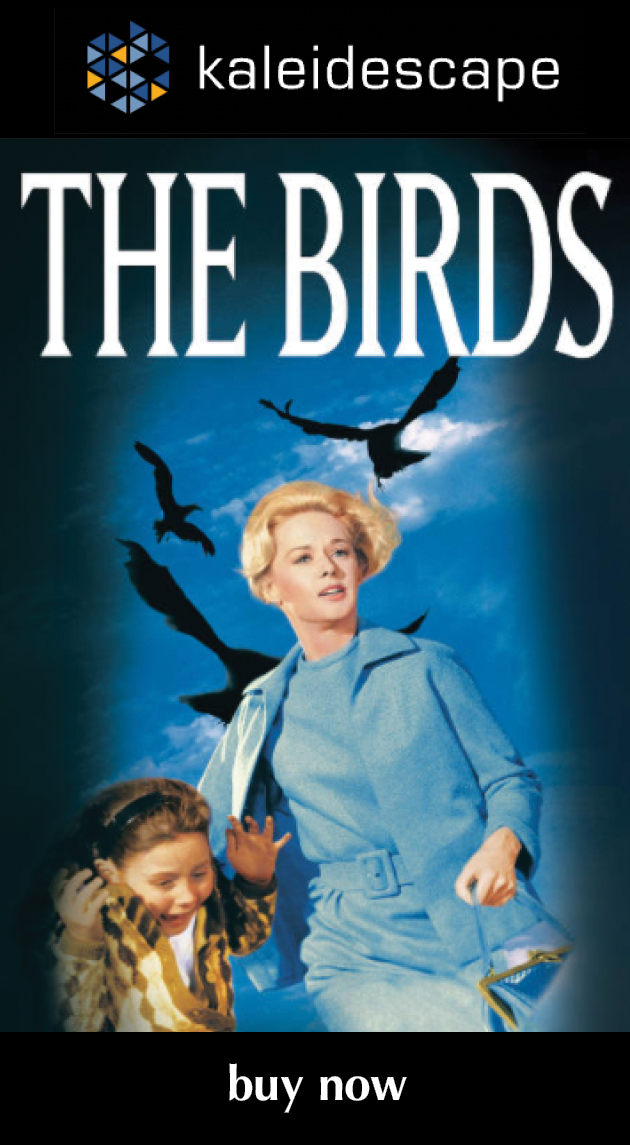more reviews
Sign up for our monthly newsletter
to stay up to date on Cineluxe
The 4K HDR transfer tends to emphasize the film’s many flaws, technical and otherwise
by Michael Gaughn
October 16, 2020
Without The Birds, there would be no Jaws—and, arguably, no Spielberg, since he lifted so many of his filmic mannerisms from this brutal and detached end-of-the-world tale. The really ironic thing is, while this is far from Hitchcock’s best film, it’s still better than Jaws. I realize that conclusion is heresy to the popularity = quality crowd but it underlines the vast difference between what an adult with adolescent tendencies and a perpetual adolescent with no interest in growing up can do.
As I mentioned in my Psycho review, Hitchcock, in that film, managed to intuit the entire course of the movies from that point on. But for whatever reason he wasn’t able to assimilate and exploit what he had achieved there and spent the rest of his career sputtering, trying to remain relevant while leaning on his past glories from the Studio Era. But, increasingly consumed by bitterness, he just couldn’t make any of those old conventions hold.
The Birds was his next film after Psycho, and seems meant to function as a kind of companion piece, but because he had lost so much confidence in himself and in the very nature of the movies, his attempt to make a shocker with studio polish resulted in a very uneven affair. This is especially obvious on the technical level, where the heavy reliance on process shots and matte paintings means things rarely sync up visually for large [swathes] of the film. That’s not to fault Robert Burks’ cinematography, which is beautiful and effective when it just gets to record things without having to allow for any trickery. And it’s not really to fault the heavy reliance on Albert Whitlock’s matte work, which almost succeeds in giving the film a warped pastoral quality, like the action is playing out on a vast theater stage. But it’s kind of sad to see Hitchcock’s reach constantly exceed his grasp and sense his slipping ability to maintain a proper sense of proportion.
The things in the film that go well go very well and more than justify the time spent watching it. Since it really doesn’t have any stars, just the semi-talented Robert Taylor and Tippi Hedren as the leads, Jessica Tandy gets to steal the show with her rock-solid performance as a deeply needy yet domineering mother. The scene where she discovers Dan Fawcett’s body still plays—and is one of the things Spielberg lifted pretty much straight for Jaws. And he didn’t just pilfer The Birds for that reveal of a mangled corpse. The subsequent low-angle shot where Tandy stagers out of the house to stand gape-mouthed next to the farm hand would also become a Spielberg staple.
As would the low-angle track-back late in the film where Tandy, then Hedren, then Taylor are revealed, with the ceiling looming low above them, as they listen for signs that the bird attack has subsided. Not only would Spielberg get an absurd amount of mileage out of this, ’80s filmmakers leaned on it so heavily that they eventually broke it.
What really doesn’t work at all is the famous attack on the school children—which I would have to shift into the “infamous” category, and not just for its technical blunders. The animation at the beginning of the crows welling up from behind the school house is crudely done and all out of proportion. And the pacing of the rear-projection shots creates the weird sense of everyone running in place. A cineaste would argue Hitchcock was trying to evoke a nightmare sense of frantic effort with no progress. He wasn’t—he just couldn’t pull it off.
The equally famous attack on the town almost works, creating a borderline apocalyptic feel larger than what’s being shown on the screen. But it’s marred by that hokey series of shots of Hedren reacting to the stream of flaming gasoline and especially by all of the heavily processed rear-projection stuff while she’s trapped in the phone booth.
But it wasn’t ultimately the technical miscalculations and gaffes that undermined Hitchcock—they were just the symptoms, not the disease. There’s something really disturbing, but not in any entertaining way, about how he obviously relishes showing children being attacked and witnessing atrocities. Even more foul is how he sets up the doll-like Hedren just to have her brutally taken down—especially during the elaborate bird-rape in the attic at the end. It’s as if his faith n cinema to protect him from the outside world had been shattered and he felt he had to lash out at the audience in his fear and rage.
All of that said, Hitchcock deserves tremendous credit for doing a horror/thriller film without a score. Yes, the absence of music tends to lay bare a lot the movie’s flaws, but it also makes many of the scenes—like the discovery of Fawcett’s body, the later discovery of Annie Hayworth’s body, and the final attack on the Brenner home—tremendously more effective. There’s no John Williams here to Mickey Mouse everything by dragging you through the film by the nose, clobbering you with cues, telling you what to think and feel. You’re thrown into each of the scenes without any ersatz late-Romantic bluster to act as a buffer, which is not just bracing but kind of liberating.
The 4K HDR transfer is for the most part faithful—which means it gets the good moments absolutely right, but also tends to emphasize all that frequent mismatching between shots. Probably the worst shot of the film is the very first one, done on location in San Francisco, which looks like it was grabbed surreptitiously on a 16mm camera. (It wasn’t—it just looks that way.) Get beyond that, and you’ll be able to experience some patches of Burks’ best work.
The one shot I can fault the transfer for—although its problems lie in the original image—is the very last one in the film, an elaborate high-contrast matte shot that borders on monochrome. The HDR crushes the blacks and punches up the whites so much that it becomes not just too blatantly artificial but visually chaotic.
If ever a film cried out for a surround mix, this one would seem to be it. So much of it hinges on things happening from just out of frame and on characters being engulfed that it’s a natural for the 5.1 or Atmos treatment. And yet the original soundtrack is so well designed that the DTS-HD Master Audio stereo mix here is surprisingly effective. The staccato bird cries followed by the sudden, muted crescendo of fluttering wings that signals the beginning of the final attack is so chilling that it’s hard to say whether a surround reworking would be an improvement. But I’d be curious to know.
I’m not going to resort to one of those “You can tell I had problems with this film but it still makes for a great night at the movies” conclusions. But I will say this: With very few exceptions, time spent with a Hitchcock film is time well spent. Even if you just watch The Birds to pick up on all the Jaws/Spielberg parallels, you’ll have, in a way, improved your life. The Birds is a suitably disturbing thriller; it’s just not quite the film Hitchcock intended to make.
Michael Gaughn—The Absolute Sound, The Perfect Vision, Wideband, Stereo Review, Sound & Vision, The Rayva Roundtable, marketing, product design, some theater designs, a couple TV shows, some commercials, and now this.
PICTURE | The 4K HDR transfer is for the most part faithful to the original film—which means it gets the good moments absolutely right but also tends to emphasize all the frequent mismatching between shots.
SOUND | The Birds is a natural for a 5.1 or Atmos treatment. And yet the original soundtrack is so well designed that the DTS-HD Master Audio stereo mix here is surprisingly effective.
© 2023 Cineluxe LLC


